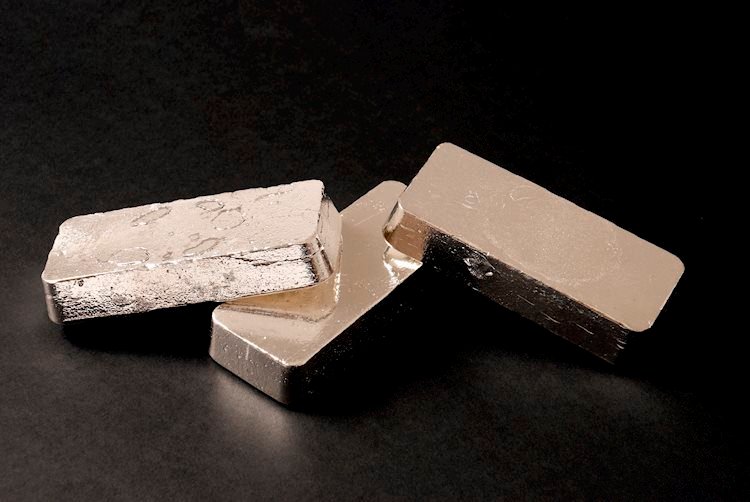- Silver holds above 50 and 100-DMAs, showing buyer strength, but momentum is diminishing.
- For uptrend continuation, a break above the August 26 peak of $30.18 is needed, aiming for $30.50 and July 17 high of $31.42.
- If gains below $30.00 aren’t sustained, expect a pullback to supports at $29.22-$29.13 and key $29.00 level.
Silver’s price consolidated for the second straight day, within the $29.70-$30.10 area on Tuesday, yet printed gains of 0.24%. At the time of writing, XAG/USD trades at $29.96.
XAG/USD Price Forecast: Technical outlook
The XAG/USD trades above the confluence of the 50- and 100-day moving averages (DMAs), an indication of buyer strength. Still, Silver’s uptrend seems stretched, with bills failing to achieve a daily close above $30.00.
Momentum supports buyers yet shows that they’re losing steam, as the Relative Strength Index (RSI) shows.
Silver’s uptrend will continue once buyers reclaim the August 26 peak at $30.18. Once surpassed, the next resistance would be the $30.50 figure, followed by the July 17 swing high at $31.42.
Conversely, if XAG/USD sellers keep prices below $30.00, this will expose the confluence of the 50 and 100-DMAs at around $29.22-$29.13, ahead of the $29.00 figure.
XAG/USD Price Action – Daily Chart
Silver FAQs
Silver is a precious metal highly traded among investors. It has been historically used as a store of value and a medium of exchange. Although less popular than Gold, traders may turn to Silver to diversify their investment portfolio, for its intrinsic value or as a potential hedge during high-inflation periods. Investors can buy physical Silver, in coins or in bars, or trade it through vehicles such as Exchange Traded Funds, which track its price on international markets.
Silver prices can move due to a wide range of factors. Geopolitical instability or fears of a deep recession can make Silver price escalate due to its safe-haven status, although to a lesser extent than Gold’s. As a yieldless asset, Silver tends to rise with lower interest rates. Its moves also depend on how the US Dollar (USD) behaves as the asset is priced in dollars (XAG/USD). A strong Dollar tends to keep the price of Silver at bay, whereas a weaker Dollar is likely to propel prices up. Other factors such as investment demand, mining supply – Silver is much more abundant than Gold – and recycling rates can also affect prices.
Silver is widely used in industry, particularly in sectors such as electronics or solar energy, as it has one of the highest electric conductivity of all metals – more than Copper and Gold. A surge in demand can increase prices, while a decline tends to lower them. Dynamics in the US, Chinese and Indian economies can also contribute to price swings: for the US and particularly China, their big industrial sectors use Silver in various processes; in India, consumers’ demand for the precious metal for jewellery also plays a key role in setting prices.
Silver prices tend to follow Gold’s moves. When Gold prices rise, Silver typically follows suit, as their status as safe-haven assets is similar. The Gold/Silver ratio, which shows the number of ounces of Silver needed to equal the value of one ounce of Gold, may help to determine the relative valuation between both metals. Some investors may consider a high ratio as an indicator that Silver is undervalued, or Gold is overvalued. On the contrary, a low ratio might suggest that Gold is undervalued relative to Silver.


